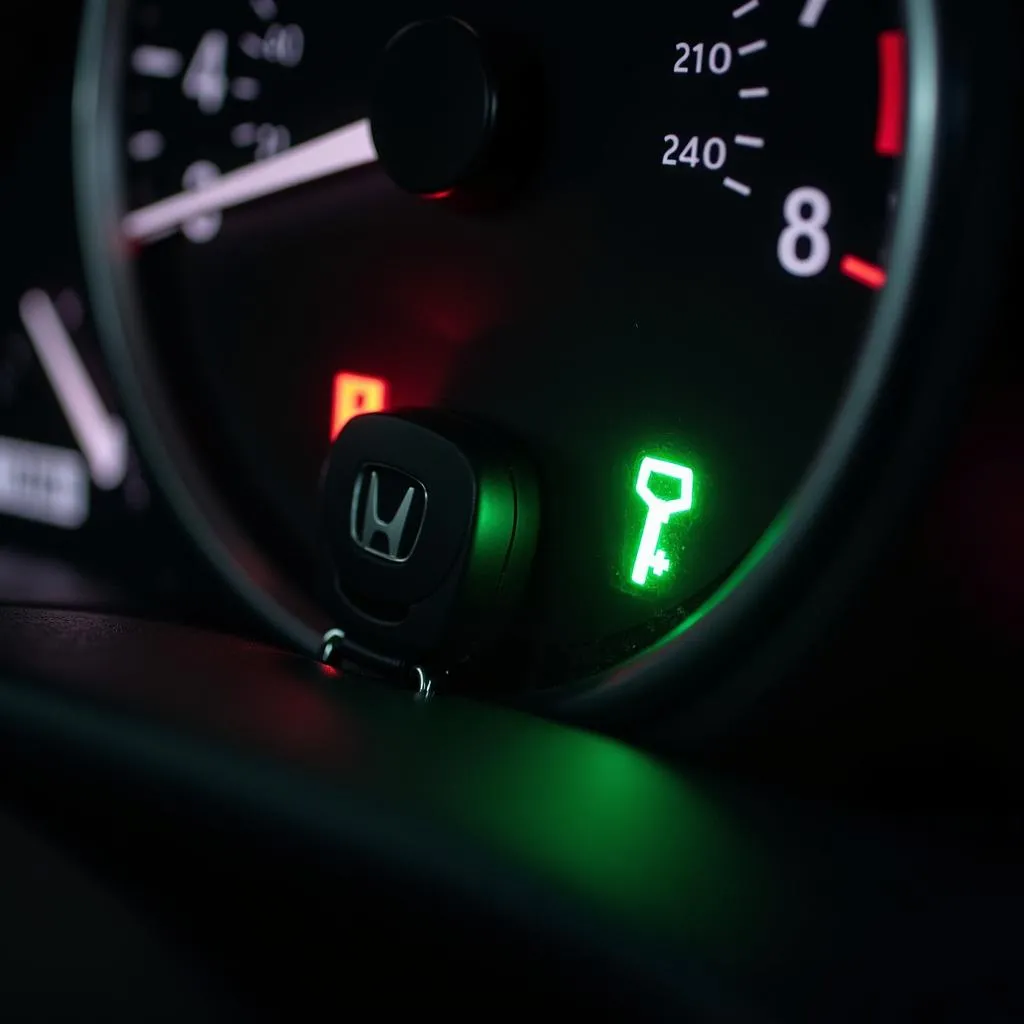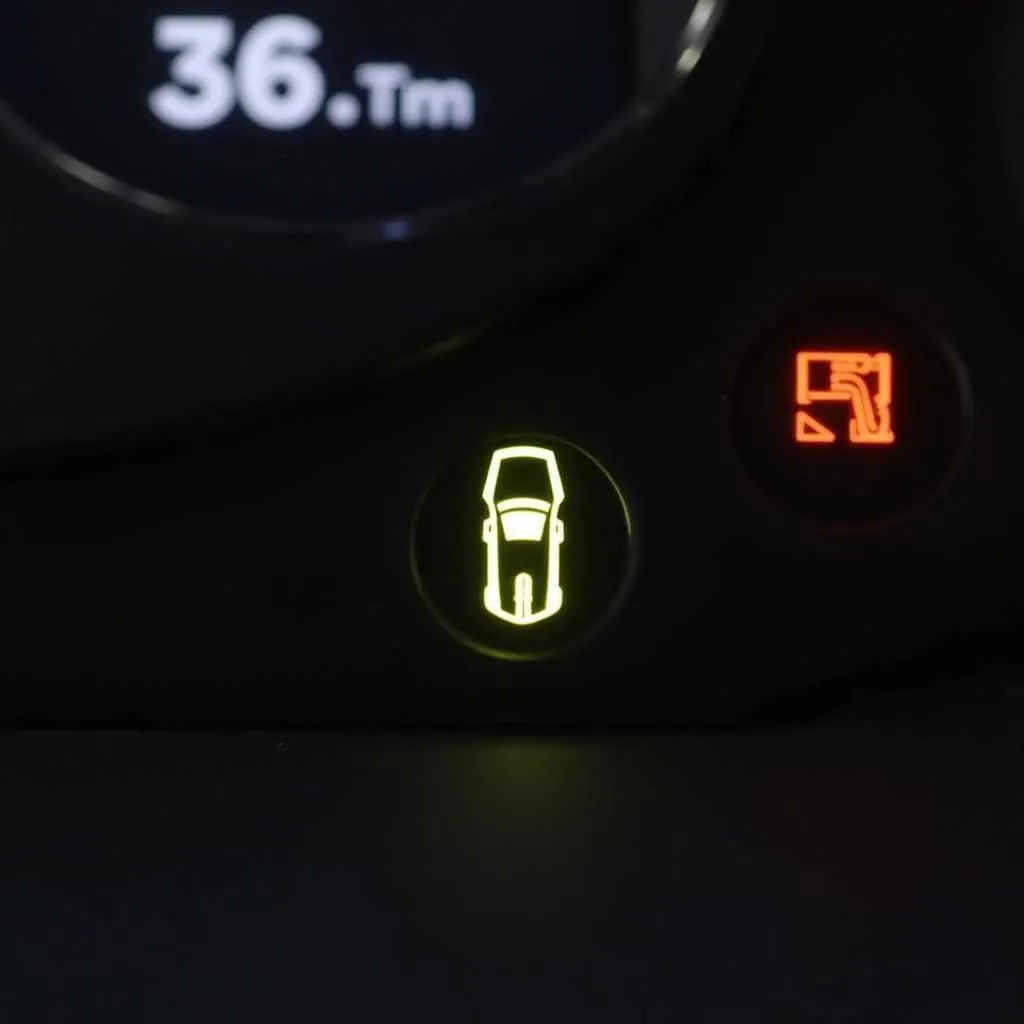If you’re seeing brake warning lights on your dashboard and suspect a faulty ECU, you’re not alone. This common issue can be frustrating, but understanding the root cause is the first step to solving it.
In this comprehensive guide, we’ll delve into the reasons behind dashboard brake warning lights and faulty ECU, explore troubleshooting techniques, and offer valuable insights into how to effectively address this problem.
Understanding the Problem: Dashboard Brake Warning Lights and Faulty ECU
When brake warning lights illuminate on your dashboard, it indicates a potential issue with your braking system. While this could be a simple problem like low brake fluid, it could also signify a more complex issue related to your Electronic Control Unit (ECU).
The ECU, also known as the brain of your car, plays a crucial role in managing various vehicle systems, including the brakes. It receives information from sensors throughout the braking system, processes the data, and then sends commands to actuators to control braking force and stability.
A faulty ECU can lead to a cascade of problems, including:
- Incorrect brake pressure readings: The ECU may misinterpret sensor data, resulting in inaccurate brake pressure readings, which could lead to inconsistent braking performance.
- Inaccurate ABS activation: The Anti-lock Braking System (ABS) relies heavily on ECU functionality. A faulty ECU can cause the ABS to engage improperly, leading to loss of braking control or instability.
- Malfunctioning Electronic Stability Control (ESC): Similar to ABS, the ESC system depends on ECU processing to maintain vehicle stability. A faulty ECU can lead to ESC malfunction, making it harder to control your car in slippery conditions.
What Causes Dashboard Brake Warning Lights and a Faulty ECU?
Several factors can contribute to dashboard brake warning lights and a faulty ECU, including:
- Electrical issues: Faulty wiring, loose connections, or corroded terminals in the braking system can disrupt the flow of information to and from the ECU.
- Sensor malfunctions: Sensors responsible for transmitting brake-related data to the ECU, like wheel speed sensors, brake pressure sensors, or ABS sensors, can malfunction.
- Software glitches: Software bugs or outdated ECU firmware can cause issues with data processing and communication, resulting in error codes and warning lights.
- Physical damage: Impacts, accidents, or exposure to extreme environmental conditions can physically damage the ECU, leading to malfunction.
Troubleshooting Dashboard Brake Warning Lights and a Faulty ECU
Diagnosing the root cause of dashboard brake warning lights and a faulty ECU often involves a combination of steps, including:
- Visual inspection: Begin by inspecting your braking system for any obvious signs of damage, leaks, or worn components.
- Checking brake fluid levels: Low brake fluid is a common cause of brake warning lights. Check the brake fluid reservoir and top it up if needed.
- Using a code reader: Connecting a diagnostic code reader to your vehicle’s OBD-II port can retrieve error codes stored in the ECU, offering valuable insights into the underlying issue.
- Testing individual components: Based on the error codes and visual inspection, you can test specific components, such as brake pressure sensors, wheel speed sensors, or ABS sensors, to determine their functionality.
Solutions for Dashboard Brake Warning Lights and a Faulty ECU
The solution for dashboard brake warning lights and a faulty ECU will depend on the specific cause. Here are some common approaches:
- Replacing faulty components: If a visual inspection or diagnostic testing reveals a faulty component, such as a sensor or wiring harness, it needs to be replaced.
- Updating ECU firmware: If software glitches are causing the issue, updating the ECU firmware to the latest version might resolve the problem.
- ECU repair or replacement: In some cases, the ECU itself may be faulty and require repair or replacement.
Expert Insight
“A faulty ECU can be a real headache,” says John Smith, a veteran automotive technician. “It often presents itself with multiple warning lights and unpredictable symptoms. That’s why accurate diagnosis is crucial, and sometimes, a professional scan tool and expert knowledge are essential for pinpointing the problem.”
Conclusion
Dashboard brake warning lights and a faulty ECU are issues that should never be ignored. Addressing these problems promptly is essential for maintaining your car’s safety and performance. By understanding the potential causes, using troubleshooting techniques, and implementing appropriate solutions, you can effectively resolve this issue and regain peace of mind behind the wheel.
If you’re experiencing brake warning lights or suspect a faulty ECU, consulting a qualified automotive technician is always a good idea.
FAQ
Q: Can I replace the ECU myself?
A: While some DIY-oriented individuals might attempt to replace the ECU, it’s generally recommended to consult a professional. Replacing an ECU often requires specialized knowledge, tools, and programming expertise.
Q: Is a faulty ECU a common problem?
A: While not the most common cause of brake warning lights, a faulty ECU is a potential issue, especially in vehicles with advanced electronic systems.
Q: What should I do if I see brake warning lights and can’t find the cause?
A: If you’re unable to pinpoint the cause of the brake warning lights, consult a qualified automotive technician. They have the expertise and diagnostic tools to identify the root problem.
Q: Are there any warning signs that my ECU might be faulty?
A: Besides brake warning lights, other signs might include erratic engine behavior, unusual transmission shifts, and unexpected sensor readings on the dashboard.


